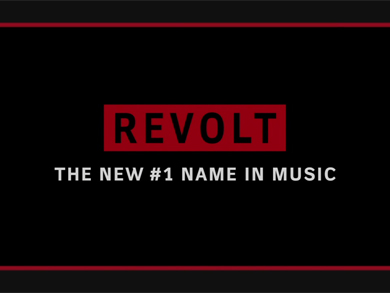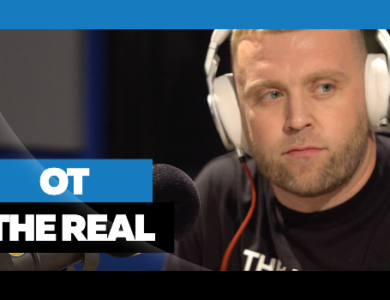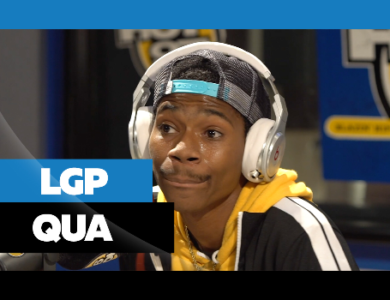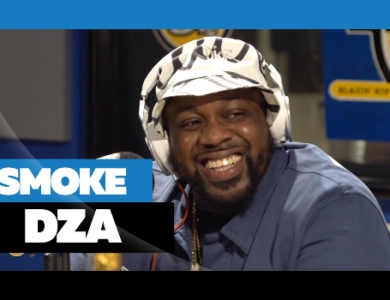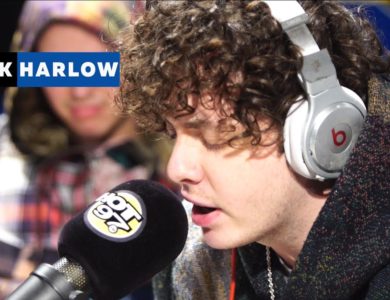
Ever since the Miley Cyrus bong video and the new “bath salts” high, states have been racing to ban these legal, but possibly dangerous chemicals. Now scientists fear that by banning these products, the law may be keeping potential cures for diseases out of pharmacies. Check out the details after the jump!
[TIME] – As states race to outlaw synthetic drugs sold as “bath salts” or “fake marijuana,” there would seem to be little downside to banning these untested and possibly dangerous chemicals. But prohibiting “legal” intoxicants — many of which have exploded in popularity via the Internet — could have the unintended effect of keeping potential cures for diseases like Alzheimer’s out of the pharmaceutical pipeline.
Many of the drugs marketed as bath salts and available under brand names like Cloud Nine, Ivory Wave and Blue Silk contain stimulants such as mephedrone and MDPV (methylenedioxypyrovalerone); neither is approved for medical use in the U.S. These chemicals have not been scientifically tested in humans, but users report effects similar to cocaine and methamphetamine. Media accounts have linked the drugs to serious, even possibly fatal, side effects.
(In case you’re wondering, no, Calgon and Origins Soothing Sea Salts cannot “take you away” to get you high: legitimate bath salts sold in the soap aisle do not contain psychoactive substances. The “bath salts” with amphetamine-like qualities are sold in head shops and other places that sell drug paraphernalia and are labeled in ways that imply their true purpose.)
So far, the Drug Enforcement Administration (DEA) has not banned these substances, but if their popularity continues to increase, they are unlikely to stay legal for long. It’s not even certain that any “legal high” is actually entirely legal — a 1986 law bars the use or sale of analogues of prohibited drugs for human consumption, but it’s unclear whether it can be enforced against these substances and under what circumstances.
At the same time, several marijuana-like synthetics are also growing in popularity as legal highs. They are sold under names like Spice and K2. Producers attempt to remain on the right side of the law by labeling their products as “not for human consumption” and selling them as incense or, in the case of MDPV and mephedrone, as bath salts or plant food. And the Internet has allowed chemists, marketers and consumers to escalate the development and sales of these products in ways that leave little time for regulators to keep up.
More than a dozen states have already banned the substances found in fake pot. And the DEA announced late last year that it will place an emergency ban on five such chemicals (JWH-133, JWH-073, JWH-200, CP-47,497 and cannabicyclohexanol), which means that they will become illegal for at least a year until further action can be taken. The DEA seeks to place these substances in Schedule I, which is the most restrictive category of drug prohibition — heroin is a Schedule I drug, for instance — and means that they cannot even be used for therapeutic purposes.
No banned drug has ever permanently escaped this category, with two bizarre exceptions. “Club drug” GHB resides paradoxically in both schedules I and III. The brand name has a medical use in narcolepsy treatment but the compound itself is designated as without medicinal value, a sort of Schroedinger’s cat of drug policy. Then, there’s trifluoromethylphenylpiperazine (TFMPP), a chemical with such bad side effects that it never caught on and therefore wasn’t officially outlawed after its emergency ban ended.
Suffice to say, getting a drug out of Schedule I is much harder than getting it into that legal category, as supporters of medical marijuana and MDMA have discovered.
And yet it’s possible that these threatened compounds could have important medical uses. The substances in Spice and K2 were originally designed to study the brain receptors activated by marijuana in laboratory animals. For this research, more potent activators of the receptors are useful — and that’s indeed the way the synthetic drugs act.
As a result, “they could be more dangerous [than marijuana],” says David Kroll, a pharmacologist and blogger for Chemical and Engineering News and the Public Library of Science. Users have commented [scroll down] on Kroll’s site about their experiences with these drugs: “It reads to me like very high dose THC: tremor, rapid heart rate, intense paranoia,” says Kroll. “If you look through my comment thread, [about] 50% [said] they thought they were going to die or ‘The world melted away and I couldn’t stop it.'”
Still, there are also hints that some of these soon-to-be-banned cannabinoids could help in the development of legitimate drugs. At least one substance, JWH-133 (named after its discoverer, John W. Huffman, a chemist at Clemson University), has been shown in animals to fight the inflammation caused by amyloid-beta, the protein that makes up the plaques in Alzheimer’s patients’ brains.
But once the drug is banned, additional research on JWH-133 would be unlikely. After a drug is placed in Schedule I, most pharmaceutical companies will not work to develop it, not least because the classification presents enormous regulatory hurdles in FDA approval and marketing. “It could deter pharmaceutical companies,” says Dr. Nora Volkow, director of the National Institute on Drug Abuse. “They don’t want to start working with compounds that could be potentially addictive.”
As for the active ingredients in bath salts, they too have not been tested in humans — and there have been media reports of psychotic episodes, anxiety, kidney failure and severe paranoia — but that doesn’t mean that they couldn’t hold some potential for medical benefit. Notes Volkow, “Amphetamines can be incredibly addictive and destructive and yet when used orally, they are very beneficial for the treatment of ADHD.”
The Retail Compliance Association, a group that says it represents retailers’ “financial well being and liberty,” has written to the DEA to challenge the emergency cannabinoid ban. “We don’t disagree that we need to study them, but these are incredible things that could lead to potential cures and therapies,” says Dan Francis, RCA’s executive director.
The RCA opposes the DEA ban on the grounds that the agency did not comply with a regulation that requires it to consider the impact on small businesses before it takes such action. “There are a lot of jobs that depend on this,” Francis says, noting that some small businesses make much of their profit from these products.
Regardless, DEA spokesperson Dawn Dearden says the agency is “moving ahead” with the prohibition of synthetic marijuana, and expects the ban to go into effect any day now.
So how can we regulate legal highs without the risk of accidentally denying ourselves potential cures for conditions like Alzheimer’s? Blanket bans such as the 1986 Federal Analogue Act carry the danger of being overly broad and inadvertently prohibiting important new medications. At the same time, having to pass specific laws against every potentially harmful new substance that appears on the market could overwhelm regulatory systems.
“These are uncharted territories,” says Volkow. “It’s a very new thing. How the DEA, the FDA and we as an agency can navigate this is something that we are learning as we go. There’s no recipe from past we can use.”






